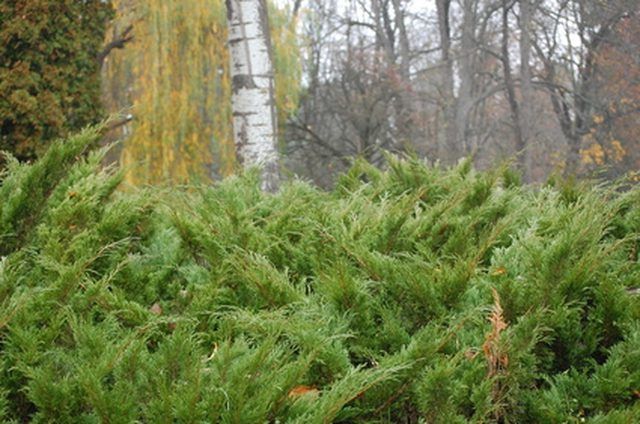Bulbs
Flower Basics
Flower Beds & Specialty Gardens
Flower Garden
Garden Furniture
Garden Gnomes
Garden Seeds
Garden Sheds
Garden Statues
Garden Tools & Supplies
Gardening Basics
Green & Organic
Groundcovers & Vines
Growing Annuals
Growing Basil
Growing Beans
Growing Berries
Growing Blueberries
Growing Cactus
Growing Corn
Growing Cotton
Growing Edibles
Growing Flowers
Growing Garlic
Growing Grapes
Growing Grass
Growing Herbs
Growing Jasmine
Growing Mint
Growing Mushrooms
Orchids
Growing Peanuts
Growing Perennials
Growing Plants
Growing Rosemary
Growing Roses
Growing Strawberries
Growing Sunflowers
Growing Thyme
Growing Tomatoes
Growing Tulips
Growing Vegetables
Herb Basics
Herb Garden
Indoor Growing
Landscaping Basics
Landscaping Patios
Landscaping Plants
Landscaping Shrubs
Landscaping Trees
Landscaping Walks & Pathways
Lawn Basics
Lawn Maintenance
Lawn Mowers
Lawn Ornaments
Lawn Planting
Lawn Tools
Outdoor Growing
Overall Landscape Planning
Pests, Weeds & Problems
Plant Basics
Rock Garden
Rose Garden
Shrubs
Soil
Specialty Gardens
Trees
Vegetable Garden
Yard Maintenance
How to Remove a Shrub
How to Remove a Shrub. Bush roots can grow deep. Because a root system is all that a bush needs to grow back over time, getting rid of the roots is the key to remove a shrub. The removal method you choose will depend on a number of factors, including how large the shrub is, how much effort you wish to expend and how quickly you want to remove a...

Bush roots can grow deep. Because a root system is all that a bush needs to grow back over time, getting rid of the roots is the key to remove a shrub. The removal method you choose will depend on a number of factors, including how large the shrub is, how much effort you wish to expend and how quickly you want to remove a shrub. A single-day strategy entails heavy machinery and brute force, while a long-term strategy poisons the shrub over time--root system and all.
Things You'll Need
Hedge trimmers
Backhoe or car
Axe or saw
Bleach or salt
Tarp
The One-Day Effort
Cut the bush down to the stump with a chainsaw or hacksaw.
Dig under the shrub to loosen the larger roots' grip and provide room to thread a rope if you're pulling the shrub out with a car. Cut the roots far from the stump so the roots that remain likely die out.
Obtain a backhoe and lift the shrub out of the hole you've dug around it, or tie one end of a rope under and around the stump and the other end around a solid portion of your car (not the bumper).
Accelerate the car in short bursts, so you don't chew up your lawn under the tires or have your foot on the accelerator when the shrub breaks loose.
Chop at the roots intermittently with a hatchet if the shrub won't break free. Then try again with the backhoe or car.
The Long-Term Effort
Cut the bush down to the stump with a chainsaw or hacksaw.
Drill holes into the top of the stump with a power drill. Pour in a herbicide with trichlopyr and glyphosate as the active ingredient. Time the poisoning around autumn or winter, when the shrub's nutrients (and therefore the poison) are sucked down into the root system. This will help poison the root system more effectively. Hammering copper nails into the top of the stump can also be effective.
Anchor down an opaque tarp or black plastic over the stump to block sunlight. Despite removal of the green leaves, the stump still uses sunlight to survive.
Remove the shrub after a few weeks of poisoning and sun deprivation. Dig deeply under the stump. Use a hatchet or hacksaw, cutting the roots as far from the stump as you can.
Tips & Warnings
Do not set the stump on fire. This is called "top-killing," which leaves the roots alive to grow back in the spring.
You may be able to kill the shrub before removing it by cutting around one branch and applying herbicide, according to a researchers from the University of Illinois at Chicago and Northwestern University.